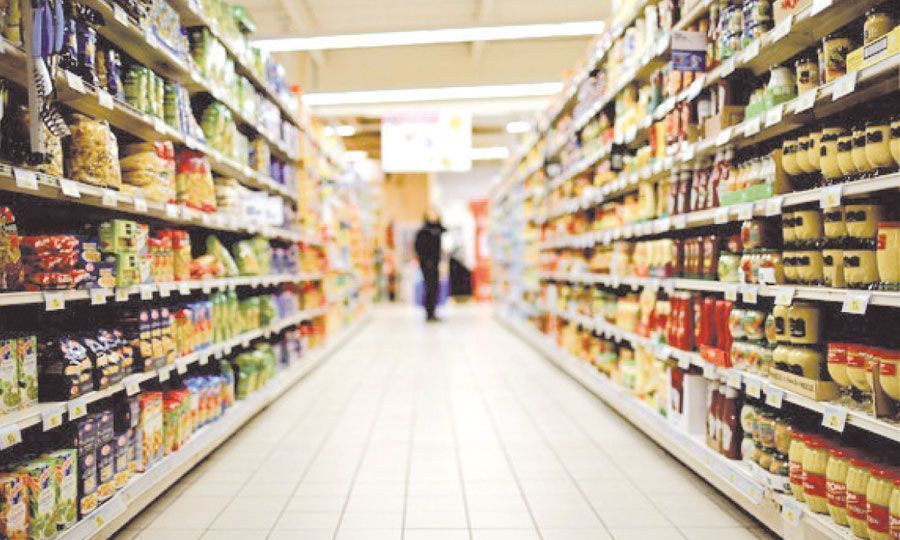Post GST: What happens to the prices of everyday commodities

Posted by Local Press Co Staff | Aug 4, 2016 | Trending


Representational Image
The Rajya Sabha passed the Goods and Services Tax (GST) bill on Wednesday, in what is being touted as the biggest tax reform in the country since decades. The bill, which follows a ‘one nation, one tax’ policy, will unify all states into a single market.
GST is a single tax on the supply of goods and services, right from the manufacturer to the consumer. Credits of input taxes paid at each stage will be available in the subsequent stage of value addition, which makes GST essentially a tax only on value addition at each stage. The final consumer will thus bear only the GST charged by the last dealer in the supply chain, with set-off benefits at all the previous stages.
With the implementation of GST, the economy stands to gain in the form of lower tax evasion, lower prices, more transparency and higher GDP. Economists even believe that the bill, which is likely to be implemented from April 1, 2017, can potentially increase India’s GDP by 2 percent.
Since manufacturing is supposed to receive a major boost with the implementation of the GST, the prices of manufactured goods is expected to reduce. On the flipside, however, the cost of services is expected to increase.
According to experts, here’s how the bill will broadly impact the prices of goods and services.
What becomes expensive:
# Eating out
# Cigarettes
# Mobile phones
# Air tickets
# Jewellery
# Branded clothes
# Phone bills
# Online shopping
# Insurance premium
What becomes cheaper:
# Groceries
# Two-wheelers, four-wheelers
# Electronic items like fans, lights, coolers, heaters etc
# Building materials like cement, paint
# Processed food
# LED TVs
# Movie tickets
Share:
